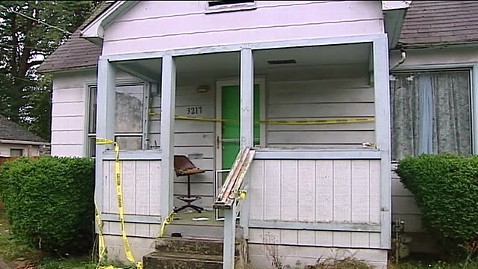Foreclosed Home Appeared to Be ‘Booby-Trapped’

ABC News
Police say a former homeowner who had recently undergone foreclosure may have wanted to make his home appear to be booby-trapped.
A police bomb squad cleared a South Seattle home where they found suspicious materials on Monday, Seattle’s ABC affiliate KOMO reported. Lt. Greg Sackman said investigators found propane tanks, most of them empty, and jerry-rigged fire extinguishers at the home, reported KOMO.
“The way they were set up, it initially looked like somebody had placed them in a position that either something would go off if we tried to make entry or something like that,” Sackman said.
“[The former homeowner] was not happy, pretty much made it more difficult for the cleanup crew,” he said.
Police have identified the 51-year-old former homeowner as a suspect in the case and he remains at large, KOMO reported.
Officials initially believed the house may have been booby-trapped, but later determined it had only been made to look like a threat. Sackman said one of the fire extinguishers “was rigged so if you pulled the wire and opened up the gate (to the house), the fire extinguisher would go off. ”
KOMO reported that a cleanup crew became sick while cleaning the foreclosed house.
No explosive devices were found at the home. Instead investigators found powder, which was determined to be a mixture of sugar and chemicals from the fire extinguisher.
Angry homeowners have vandalized their foreclosed homes across the country, causing headaches for foreclosure realtors. One foreclosed home in Huntington Beach, Calif. previously valued at $1.7 million is believed to have been intentionally damaged by a previous owner to the tune of $250,000 in cleanup and renovations earlier this year.
About 13.9 percent of all real estate properties owned by a bank or agency were so badly damaged that they did not qualify for standard mortgage financing, according to data collected from real estate agents across the country for November 2010.
Thomas Popnik said this is an improvement from July 2009, when his firm, Campbell Surveys, began collecting data. At that time, the proportion was 19.8 percent of all real estate owned properties.